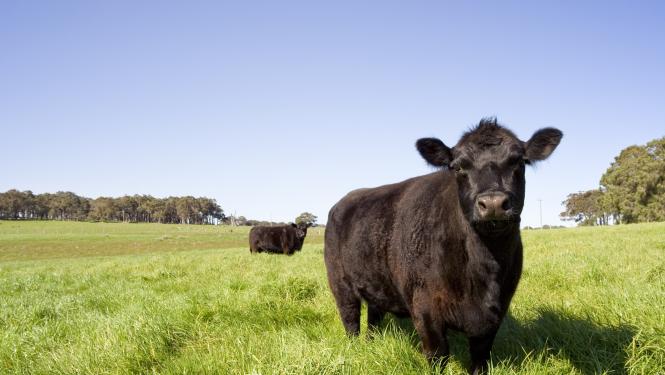Why Cool Season Annuals?
- Fast to emerge and establish
- High quality
- Easy to stage growth for when you need forage the most
- A pasture renovation tool
- Allows cool season perennials to rest
- Good for overseeding dormant warm-season perennials
- Provides crop rotation
What To Expect
Cool season annuals are critical for filling in forage gaps in the late fall through late spring. Each species of grass grows and matures at a different rate, making it easy to select a species based off when forage is needed. Furthermore, these grasses can be planted together for the widest production window. This is referred to as “staging” forage production.
Grasses
Fall Production: Spring oats (fall planted)
Winter Production: Cereal rye, triticale, barley
Early Spring Growth: Winter oats, ryegrass, spring oats (late winter planted)
| Fall | Winter | Early Spring | Mid Late Spring |
|---|---|---|---|
| Spring Oats | Triticale | Winter Oats | Annual Ryegrass & Spring Oats |
Legumes
Fall Planted: Crimson clover, winter peas, vetch, spring peas
Late WinterPlanted: Spring peas
Brassicas
Fall Production: Turnip, radish, kale, brassica hybrids (fall planted), rape
Spring Production: Turnip, radish, brassica hybrids (late winter planted), rape
What To Know
Planting
Removing competition will generally improve stand uniformity and production. The cereal grains and larger legume seeds require deep plantings and should be drilled to ensure good seed to soil contact. Annual ryegrass, crimson clover, vetch, and brassicas do well when broadcasted, but efforts should still be taken to ensure good seed to soil contact. Competition will limit stand success.
Overseeding Warm Season Perennials
Bermudagrass and native warm season grasses, such as switchgrass and indiangrass, go completely dormant in the winter. This allows for winter annuals to be sown and thrive across this acreage, turning warm season acreage into cool season forage production. Not only does this increase the yield per acre, but it also prevents weeds from invading. Opportunistic weeds will often germinate and thrive into these dormant stands, which is not contributing to yield and results in the added expense of an herbicide burndown. When selecting winter annuals to utilize, keep in mind the longevity of each annual. Annual ryegrass, winter planted-spring oats, and even the winter oat will often have growth that overlaps warm season perennial production. For this reason, it is wise to overseed at least half of the acreage with an early maturity species. Spring oats, triticale, and cereal rye often senesce early enough in the season to keep from competing with the warm season perennial as it greens up. This will prevent a forage production gap.
Managing for Pasture Renovation
When utilizing winter annuals as part of a pasture renovation process, it is important to manage species that may reseed. Annual ryegrass, crimson clover, and vetch are all prolific seed producers, which can lead to weed control issues in cool season perennial pastures long term. If the ultimate goal is to develop a cool-season perennial pasture, it is best to terminate these reseeding annuals at or prior to boot stage.
Fertilization
Refer to the most recent soil test for Phosphorous, Potassium, and micronutrient needs in the soil. Apply these prior to or shortly after planting for best success. Nitrogen is a very mobile nutrient in the soil, so most pastures and hay fields will need timely nitrogen application for best growth and forage quality. After the seeds have emerged and passed the cotyledon stage, nitrogen can be added. A typical range is 40-70 lbs/A, but this will depend on your soil type, management, and ultimate goal for the winter annual. To maximize production, add nitrogen following each harvest.
Harvest Timing
Depending on species and use (cover crop or forage for various classes of livestock), most should be taken fairly early in their growth, prior to or at boot stage. This will maximize quality and prevent stands from getting “rank”, or low quality. This will also maximize regrowth, as most small grains will not grow back vigorously if the seed heads are well developed at harvest.
Grazing
Rotational or strip grazing is the most cost effective way to manage winter annual forage. For maximum regrowth potential, leave behind 3-4” of residual forage.
